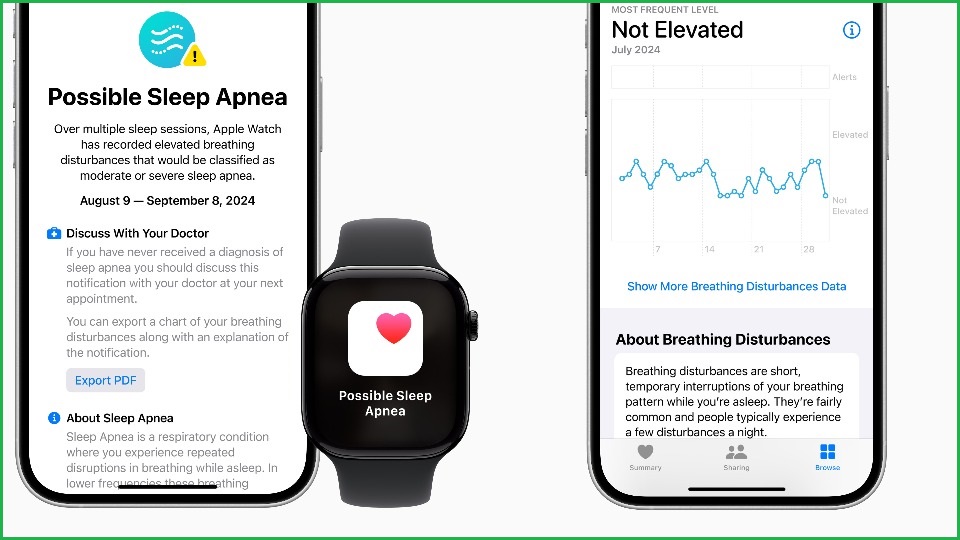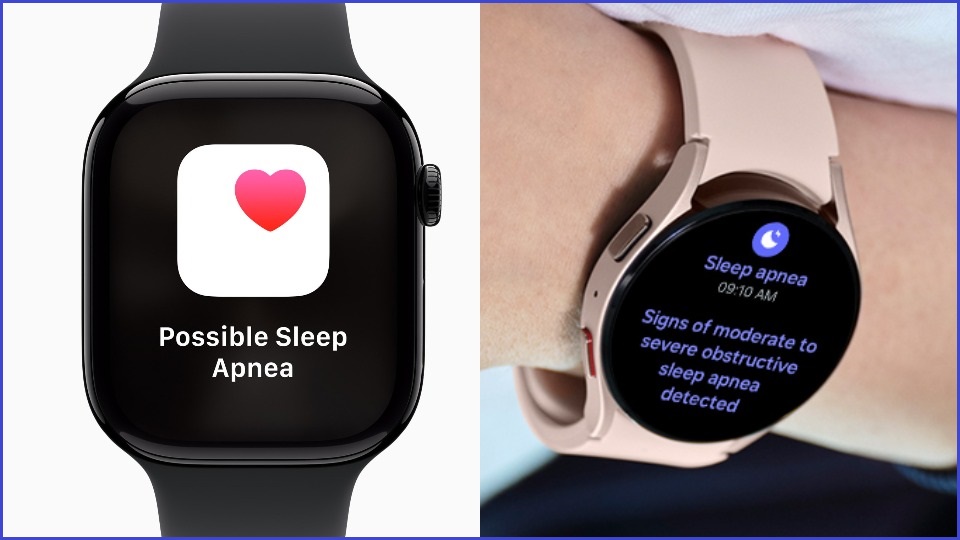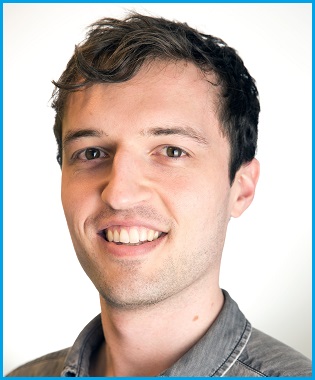The federal medical devices regulator has approved the use of sleep apnoea monitoring technology in Apple Watch and Samsung Galaxy Watch devices in Australia.
The Therapeutic Goods Administration (TGA) approved Apple’s software on Thursday, 29 May, just over a week after granting the same approval to Samsung.
Neither company would confirm exactly when it planned to enable the feature for customers in Australia.
Apple and Samsung both launched sleep apnoea monitoring features for their smartwatches in 2024, with Apple’s made available in more than 150 countries and Samsung’s granted approval in dozens of nations.
Sleep apnoea is a medical condition in which a person experiences interrupted breathing during sleep, and severe cases can both impair sleep and increase the risk of heart attack, stroke, and abnormal heart rhythms.
Around five per cent of Australians are estimated to experience sleep apnoea according to Neuroscience Research Australia, but it is more common in older men and experts have described the condition as being under-reported.
Sleep physician Dr Linda Schachter, a board member of the Sleep Health Foundation, told Information Age the TGA's approval of sleep apnoea technology on Apple and Samsung's smartwatches was an exciting development.
"Often people snore — which isn’t seen as potentially a significant health issue, and they justify tiredness by busy lives, work stressors, kids — and it takes a while to get them to their doctor to get checked for sleep apnoea," she said.
"Hopefully this might prompt people to go to their doctors earlier and get diagnosed and treated before there are significant complications of their sleep apnoea."
Apple says users will get sleep apnoea feature ‘soon’
Apple planned to make its sleep apnoea notifications feature available in Australia “soon” and was “following the proper procedures for distributing the software medical device”, a company spokesperson told Information Age.
While Apple did not confirm a specific date, it recently took the company around three months to enable a hearing aid feature on its AirPods Pro 2 earphones for Australian users after the tech was approved by the TGA in December 2024.
Australian Apple Watch users previously waited more than two-and-a-half years for some of the device’s heart health features to be approved by the TGA and enabled for local use.
The device's electrocardiogram (ECG) and irregular heart rhythm notification features were launched in the US in December 2018, but were only made available to Australian users in May 2021 — around two months after they were approved by the TGA.

Apple says its sleep apnoea notifications feature is designed for those aged 18 and older. Images: Apple / Supplied
Apple first released its sleep apnoea feature in September 2024 with the launch of its watchOS 11 operating system.
The feature, which is designed for use by those over the age of 18, is only available on the company’s Series 9, Series 10, and Ultra 2 Apple Watch models.
The software uses the Apple Watch’s accelerometer to monitor small wrist movements which are associated with respiratory interruptions, and was “developed with advanced machine learning and training data from thousands of nights of clinical-grade sleep apnoea tests", according to Apple.
While the feature is “is not intended to diagnose, treat, or aid in the management of sleep apnoea” according to the company, it can notify a user if it identifies signs of possible sleep apnoea and provide data they can share with a healthcare professional.
Samsung pledges 'more information soon'
Samsung Australia's head of wearables and mobile experience, Kylie Mason, told Information Age the company was "pleased" by the TGA's approval of the Galaxy Watch's sleep apnoea feature, and would share "more information soon".
Samsung was the first company to offer sleep apnoea notifications on a smartwatch after Korea’s Ministry of Food and Drug Safety (MFDS) approved the tech in late 2023 and the US Food and Drug Administration (FDA) approved it in February 2024.
The feature is only available on Samsung Galaxy Watch 4 or later, and uses blood oxygen level monitoring to identify signs of sleep apnoea.
While Apple’s sleep apnoea algorithm analyses breathing disturbance data every 30 days, Samsung says its version can detect signs of moderate to severe obstructive sleep apnoea in people aged 22 and older over a two-night monitoring period.
The company has previously said users should not use the feature to replace “traditional methods of diagnosis and treatment by a qualified clinician”, and the data collected “is also not intended to assist clinicians in diagnosing sleep disorders”.










